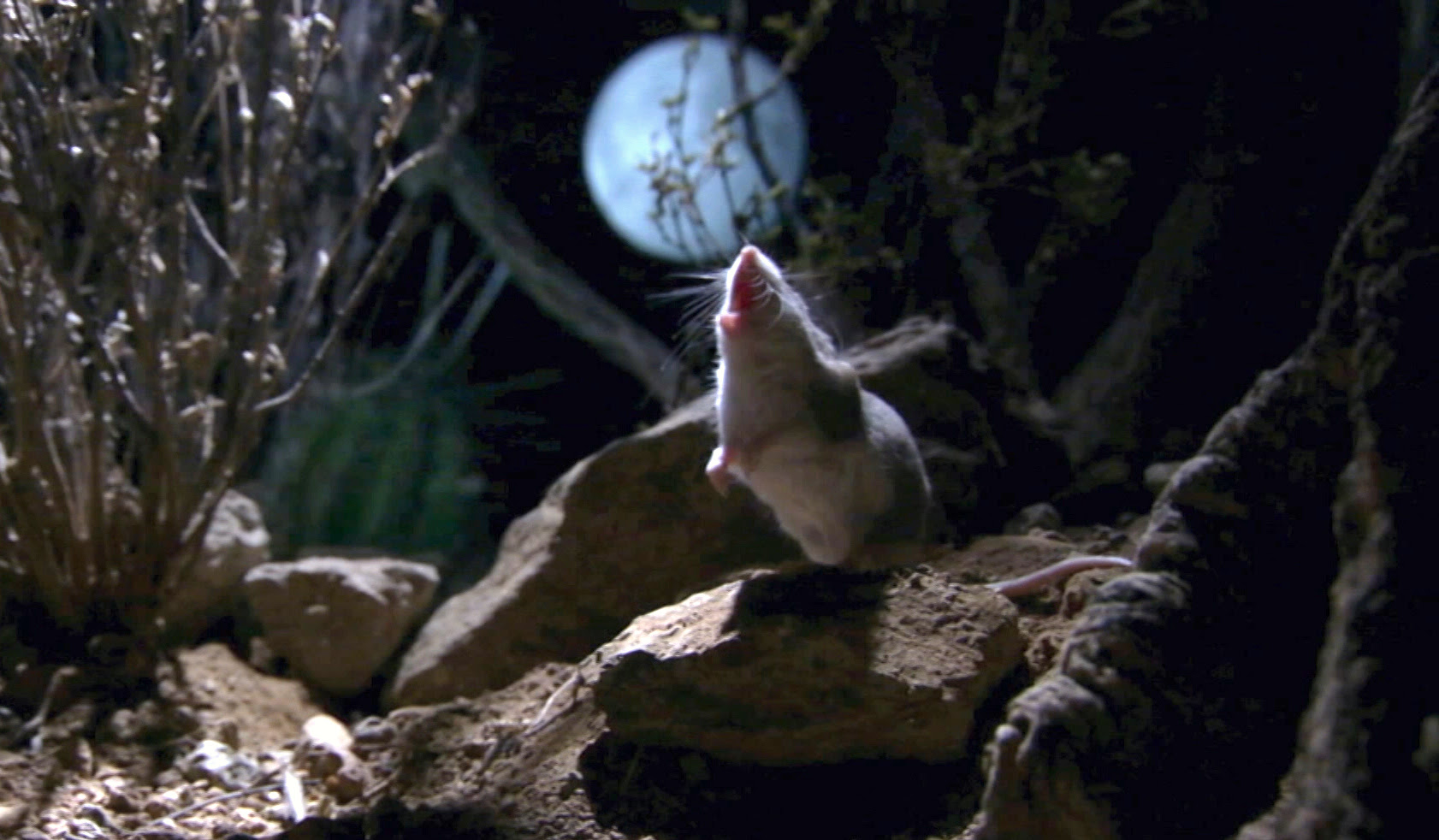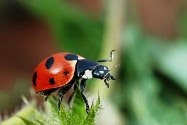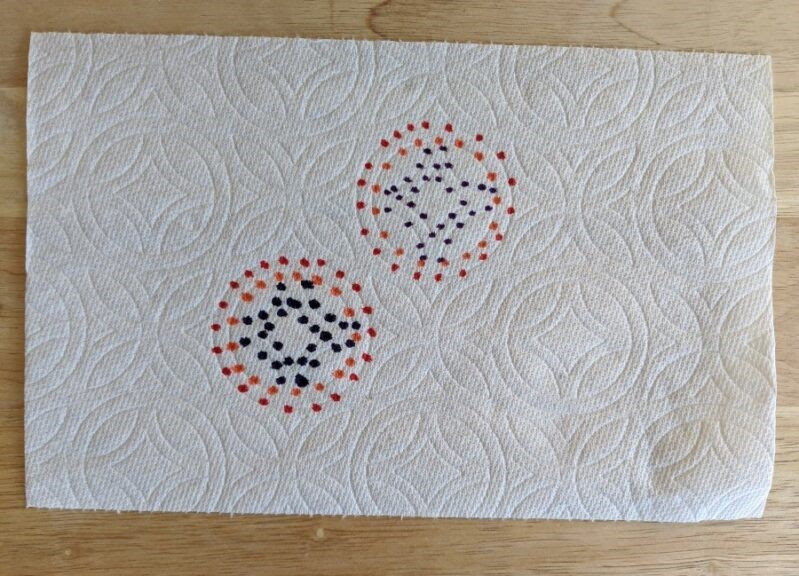HOME FOR THE HOLIDAYS
BY GREG MARTIN
Liberty Wildlife Volunteer
Home means different things to different people, particularly at this time of year. For some, it’s as much a concept as a physical location: “going home” means returning to family, to feelings and comforts instilled in us since our earliest days. Home can be a region, a culture or climate, something that speaks to or defines us, sometimes whether we have physically been there or not. We often import our values from our predecessors; our home may be some ancestral place special to our forebears, and therefore special to us. Home could be, quite literally, the place we live. And then there are those who tragically lack a definable answer to some of those possibilities, or all of them.
Animals too, have homes, sometimes in ways surprisingly analogous to our own. Home for the Swainson’s Hawk is dependent upon the time of year. Spring means it’s Canada, while in the winter months, Argentina calls. And that is no mean trip. Yet the great bulk of the species makes it without fail. Many of us can understand that migratory impulse based upon the seasonal flux, so perhaps their journey isn’t so mysterious, even if it is incredible. Countless species migrate, although not always with such uniformity. Canada Geese, as their name suggests, hail from the upper regions of North America … except when they don’t. During the coldest times of the year, home is down here, where temperatures are comparatively mild. But even that’s not a hard and fast rule. Artificial Edens in the shape of golf courses entice some geese to put down more permanent roots, residing in one place year round, much as our own ancestors abandoned their nomadic inclinations once circumstances permitted. They remain Canada Geese in name and physiology, but not locale.
For many birds, home is the nearest tree. Roosting at night is a survival imperative, at least for diurnal birds unable to see in darkness. Branches offer a place off the ground, and give disguising cover to their vulnerable forms. Red-tailed Hawks, those big and powerful Buteos, turn their light-colored chests towards the tree trunk, using their dark back feathers as camouflage until light of day gives the all clear. Some members of that ubiquitous species range far and wide as food sources rise and fall. Others become routine sights in neighborhoods and along highways, clear proof that home, for them at least, is right nearby. Red-tailed Hawk pairs, mated for life, frequently return to the same nesting sites over and over. Sometimes, however, those very sites get co-opted by other birds, not even of the same species, seeking more temporary living space. Great Horned Owls famously squat in other birds’ domiciles long enough to raise their families. Home for raptors is often an entire domain, although this can be nebulous as well. Predatory birds are very particular about co-habitating with other raptors, since having neighbors means competing over the same finite food stocks. Violence sometimes ensues when birds of prey violate each other’s personal space; it’s not uncommon for us at Liberty Wildlife to treat raptors for injuries related to territorial spats. In their case, home is whatever you’re strong enough to defend.

Several more benign species make a good living co-habitating with us, scavenging the refuse of our consumer culture. Others find themselves freely welcomed by beneficent humans, kind souls who set up bird feeders for their feathered friends. It’s important to remember that agricultural development is what enabled human beings to quit wandering and establish roots. Home may indeed be where the heart is, but it is also where the basic requirements for life are. If we lacked the ability to artificially cool or heat our environs, we might find ourselves migrating for winter and summer as well, if not so far as Argentina and back.
This is the time of year when we think most of home. It might behoove us to think also of just what home means: safety, warmth, comfort, peace. Food. Family. Those all sound so very human in definition. But spare a moment for the mass of birds in your backyard, your friends from the feeder. Consider the hawk so consistently perched in your neighborhood, day in and day out. Ponder what it takes for them to stay where they are. To be there, and to live. To survive. Think about what home represents to them.
It’s not all that different.
BEDTIME STORIES
BY GAIL COCHRANE
Liberty Wildlife Volunteer
In the dark of night, when strange shadows accompany even familiar landmarks, outlandish critters come creeping. Human mammals, tucked safely in man-made structures, are only dimly aware of the night creatures. Nocturnal mammals cleverly avoid us and the fierce daytime heat of the desert in the summer. In the skies and underfoot, wild animals come into the night with an aura of mystery, and expertly utilize adaptations designed for darkness. Let’s look at a few of these extraordinary beings.
In a nod to the nocturnal, Arizona’s state mammal is the ringtail. This squirrel-sized critter is complicated, fierce; fierce but also cute, with wide black eyes ringed in white, and a fluffy black and white boa of a tail. This significant tail offers balance as the ringtail climbs and jumps through its rocky habitat searching crevices for prey. The ringtail navigates sheer cliffs with semi-retractable claws and hind feet that handily rotate 180 degrees for headfirst descents. Acute eyesight and a keen sense of smell help the ringtail locate rodents, birds, lizards, fruits, and insects. White a quick pounce and a swift bite to the neck, it’s all over for the unlucky prey. In turn, the ringtail is hunted by celebrated predators of the night, such as great horned owls, bobcats, and coyotes.

Another nocturnal critter in black and white is the skunk. There are four different skunk species in Arizona, living in a variety of habitats. Skunks walk flat-footed on their plantigrade hind feet – envision a shuffle with a waddle. Their pungent spray carries 12 feet from the exit of the animal. A reasonable skunk will warn offenders by stomping before spraying. The spotted skunk is unique for its ability to climb trees, and because it offers a special pre-spray warning. If you come upon a spotted skunk doing a handstand, don’t stick around for the next act! Skunks prefer thick bushy areas where bugs, lizards, and bird’s eggs can be unearthed from beneath rocks and debris. Only great horned owls hunt skunks. Since they don’t have a sense of smell, not a nestling complains about skunk for dinner. Sadly, many skunks end up as roadkill on rural roads.
A great diversity of desert rodents scurry back and forth to gather food under the blanket of darkness. Most eat seeds, mesquite beans, and vegetation, but southern grasshopper mice are predators, miniature warriors at the bottom of the food chain. These furry mice prey on insects, lizards, and even other mice, stalking and ambushing their victims. In behavior reminiscent of wolves, pairs of grasshopper mice establish territories where they raise and teach their young, ranging far afield each night on hunting expeditions. Grasshopper mice are known for their howling, perhaps striking fear into the hearts of the hunted when they rise up on their hind legs, noses to the sky, and wail their eerie cry.

Surely, the bat is the most iconic mammal of the night. Although many people find bats creepy, they are an important cog in the wheel of life on earth. With 18 different families, bats make up one-fourth of the total populations of animals. The Western pipistrelle bat vies with the desert shrew as earth’s smallest mammal, weighing just 1/10th of an ounce. Free-tailed bats may have a wingspan of 20 inches, but weigh just 2 ounces. At the mildest end of the spectrum are the families of bats that eat leaves, fruits, and nectar; many are vital pollinators. Bug-hunting bats keep some of earth’s most aggressive crop-eaters in check. They epitomize our popular image, using echolocation to snatch insects from the inky skies. Carnivorous bats eat rodents, lizards, birds, frogs, other bats and even fish. And yes, a few species of bats subsist on blood. Often misunderstood, bats have ranged the earth for over 50 million years, and are now the most threatened land mammal in North America.
FEEDING AND PLAYING WITH WILDLIFE
BY CLAUDIA KIRSCHER
Liberty Wildlife Volunteer
Recently, when driving by a neighborhood alfalfa field, I saw a woman struggling to held her dog on a leash as it tried to run after two coyotes who were running circles around the woman and dog. The coyotes would stop, do a ‘dog playing’ position (front legs and head down to the ground, hindquarters up), then leap up and begin running circles again. As I ran towards her to help, with air horn blaring and waving my hiking stick, the coyotes ran 100 yards away and stopped, merely curious. The woman turned to me and said “No help needed, we’re good!”
You can imagine my look of amazement when I heard this. On further conversation with several of her neighbors on subsequent days, I was told that a few people were routinely walked into that farm field specifically for the purpose of letting their domestic dogs “play” with the coyotes.

I felt some education was called for and tried to explain why this was NOT a good idea, the potential dangers involved, and the disservice they are doing to these wild animals in encouraging them to be comfortable around people. Wildlife is unpredictable, no matter how ‘tame’ they may appear. You just don’t know when or if a wild animal’s natural instinct will surface. And, by the way, should their dog be bit and taken to the vet, they will hear the words ‘rabies’ and ‘quarantine’ in the same sentence.
In 2006, the Arizona Legislature passed a law making it illegal to feed wildlife (except birds and tree squirrels) in Maricopa and Pima counties. This law was passed because many people mistakenly think that feeding wildlife is a nice thing to do, either out of a belief that they are helping them or because they like to see wild animals spend time around their homes. What really happens is that the animals can become habituated to people and conditioned to receiving food from them, increasing the chance for human-wildlife conflicts.
My neighbors are not feeding the coyotes (unless you count the temptation of that small terrier just within snapping reach), but in essence they are producing the same end result of making these animals unafraid and comfortable with people. They should not forget that it isn’t just how that animal impacts the one individual, but the surrounding neighbors and pets.
For more information, go to:
https://www.azgfd.com/
KID STUFF
NURTURING NATURE
BY CAROL SUITS
Liberty Wildlife Volunteer
Finding Patterns in Nature
A pattern is something that repeats itself over and over again. It can be a design, shapes, colors, even sounds.
Some patterns are stripes on a zebra or spots on a ladybird.

You can find stripes and spots in bird feathers, insects and plants.
Some patterns are easy to see because both sides of the object are the same or almost the same. A butterfly or moth has two sides that look the same.
This is called symmetry.

Leaves are a good example of symmetry, too. Notice how both sides are the same?
Some patterns are made by people. Lines on the street that are the same in size or shape or distance between them forms a pattern. Fences have a pattern that repeats over and over again. Where can you spot patterns made by people?
Activity
Get outside to find some patterns! Check out the trees and leaves, plants and animals in your backyard or park near you.
How many patterns do you see? Find a pattern you like and draw it. What can you make with your pattern? A new kind of animal? A superhero? A weird machine? You decide!
Here’s something you can do with a pattern that you may have in your kitchen. Look for paper towels that have a design. Does the design repeat itself over and over?
You can show the pattern this way:

If your paper towel does not have a design, draw one of the patterns you discovered outside.
This video is about drawing and painting using symmetry.
Puzzles!
https://www.jigsawplanet.com/?
https://www.jigsawplanet.com/?
https://www.jigsawplanet.com/?



